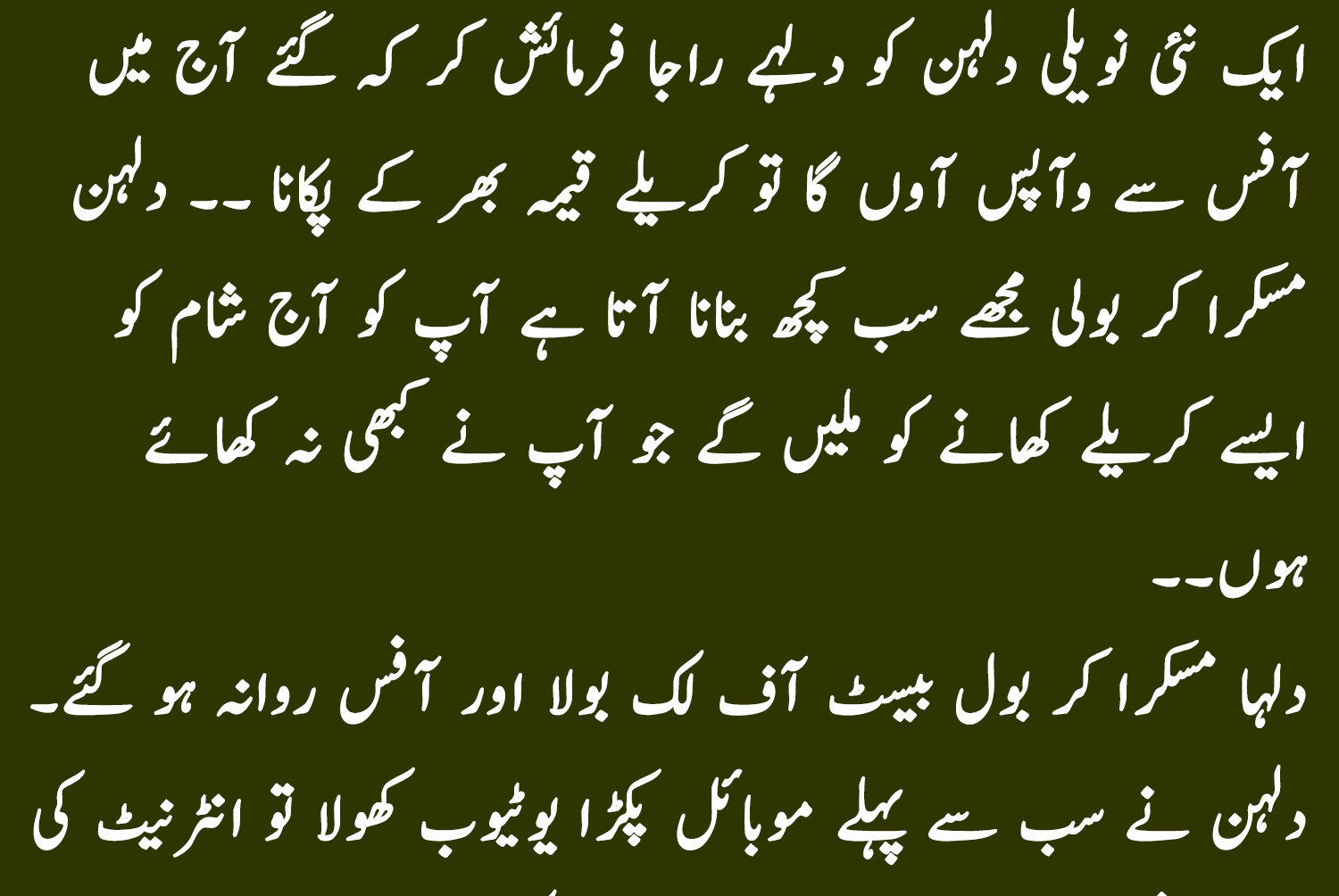Millions of people around the world deal with head pain every day. Some have simple headaches, while others suffer from migraines that can ruin their whole day. Understanding the difference between them, knowing the causes, and learning how to treat and prevent them can help you feel better and live a more comfortable life.
A headache is pain you feel in your head or face. It can feel dull, sharp, or like pressure. Most headaches are not serious and go away with rest or simple medicine.


Common Types of Headaches:
-
Tension Headache – This is the most common. It feels like a tight band around your head.
-
Cluster Headache – This pain comes in short bursts and usually happens on one side of the head or behind the eye.
-
Sinus Headache – This happens with a sinus infection and feels like pressure in the face, forehead, or eyes.
What Is a Migraine?
A migraine is a stronger type of headache. It can last for hours or even days. The pain is usually on one side of the head and may come with other symptoms like:
-
Nausea
-
Vomiting
-
Blurry vision
-
Sensitivity to light or sound
-
Dizziness
Migraines can stop you from doing normal daily activities.
Difference Between Headache and Migraine
| Feature | Headache | Migraine |
|---|---|---|
| Pain level | Mild to moderate | Moderate to severe |
| Pain location | Both sides of the head | Usually one side |
| Other symptoms | No nausea or vomiting | May include nausea, vomiting, light sensitivity |
| Duration | Less than a few hours | Can last up to 72 hours |
| Triggered by | Stress, dehydration | Hormones, food, light, weather |
Causes of Headache and Migraine
Understanding the cause can help you manage and prevent them.
Headache Causes:
-
Stress
-
Eye strain
-
Skipping meals
-
Lack of sleep
-
Dehydration
-
Poor posture
-
Strong smells
-
Loud noise
Migraine Causes:
-
Hormonal changes (like during periods)
-
Eating certain foods (like chocolate, cheese, or processed food)
-
Too much caffeine or suddenly stopping caffeine
-
Bright lights or loud sounds
-
Changes in sleep pattern
-
Weather changes
-
Not eating on time
-
Stress or emotional pressure
Treatment for Headaches
Most headaches go away with basic treatment.
1. Pain Relievers
Over-the-counter (OTC) painkillers like:
-
Acetaminophen (Tylenol)
-
Ibuprofen (Advil)
-
Aspirin
Always follow the instructions on the bottle.
2. Rest and Hydration
Lie down in a quiet, dark room. Drink water slowly.
3. Cold or Warm Compress
Put a cold pack on your forehead or a warm towel on your neck.
4. Avoid Triggers
If stress or noise causes your headache, try to stay away from them.
Treatment for Migraine
Migraine needs stronger care.
1. Migraine Medicines
Doctors may suggest:
-
Triptans (like sumatriptan)
-
Anti-nausea medicine
-
Pain relievers (stronger than normal OTC pills)
-
Beta-blockers or anti-seizure drugs (for frequent migraines)
These must be taken early when the pain starts.
2. Rest in a Dark Room
Bright lights can make a migraine worse. Rest in a cool, dark space.
3. Hydrate Slowly
Sip water slowly. Avoid drinking cold water too fast.
Natural Remedies for Headache and Migraine Relief
You don’t always need medicine. These natural remedies can also help:
1. Peppermint Oil
Rub on your forehead or temples. It cools the skin and reduces pain.
2. Ginger Tea
Ginger helps with nausea and head pain. Drink fresh ginger tea.
3. Magnesium
Taking magnesium supplements daily can prevent migraines. Ask your doctor first.
4. Lavender Oil
Inhale lavender oil or rub it on your neck. It calms the mind.
5. Yoga and Meditation
Helps reduce stress and prevent both headaches and migraines.
6. Cold Compress
Wrap ice in a towel and place it on the forehead for 10–15 minutes.
Prevention Tips: How to Stop Headaches and Migraines Before They Start
1. Drink Water Every Day
Dehydration is a top cause of headaches. Drink at least 8 glasses daily.
2. Eat Balanced Meals
Don’t skip meals. Eat healthy food rich in fiber, protein, and healthy fats.
3. Limit Caffeine
Too much caffeine can trigger a migraine. Don’t overdo tea, coffee, or energy drinks.
4. Sleep Well
Get 7–8 hours of sleep daily. Stick to a regular sleep schedule.
5. Use Blue Light Glasses
If you use screens a lot, blue light glasses reduce eye strain and headache.
6. Practice Stress Control
Deep breathing, exercise, and journaling can reduce tension headaches.
7. Watch Your Triggers
Keep a headache diary. Write down what you ate, how you slept, and what you did before the pain started. This helps spot patterns.
Foods That Help Prevent Headaches and Migraines
Eating the right foods can reduce your chances of getting head pain.
Good Foods:
-
Leafy greens (spinach, kale)
-
Nuts and seeds (almonds, sunflower seeds)
-
Bananas
-
Salmon and fatty fish
-
Sweet potatoes
-
Eggs
-
Whole grains
-
Yogurt
Avoid These Foods:
-
Processed meat
-
Cheese
-
Pickles or fermented foods
-
Chocolate
-
Fried or oily snacks
-
Caffeinated drinks
-
Artificial sweeteners
When to See a Doctor
Not all headaches are normal. See a doctor if:
-
You have daily or very strong headaches
-
The pain wakes you up at night
-
You feel confused or lose balance
-
You have a stiff neck, fever, or blurry vision
-
Headaches get worse over time
Doctors may do scans (like MRI or CT) to rule out serious problems.
Conclusion: Take Charge of Your Head Health
Both headaches and migraines can make life hard, but you have many ways to handle them. Start by noticing your triggers, stay hydrated, eat well, and sleep on time. Use natural remedies or over-the-counter medicine if needed, and visit a doctor for regular or severe pain.
With the right care and smart daily habits, you can live with less pain and more energy.



